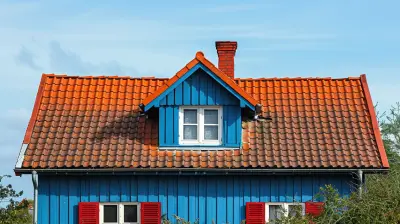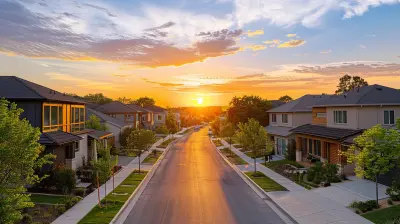How Mixed-Income Housing is Shaping Modern Urban Areas
8 October 2025
Urban landscapes are evolving rapidly, and one of the most significant trends in recent years is mixed-income housing. Cities around the world are embracing this concept as a way to create diverse, inclusive, and sustainable communities. But what exactly is mixed-income housing, and why is it becoming such a game-changer for modern urban development? Let’s dive into the details!
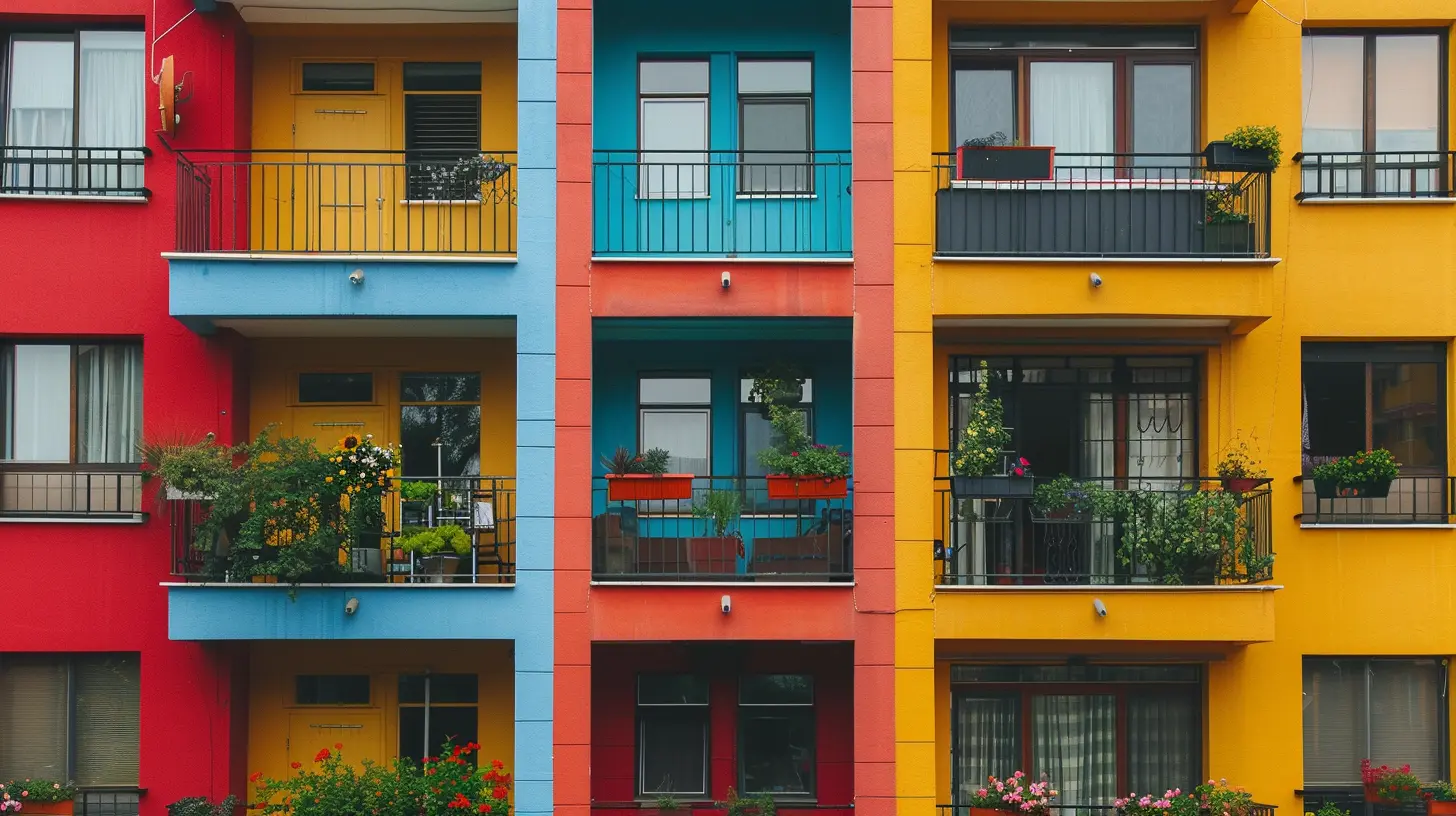
What is Mixed-Income Housing?
Mixed-income housing is a type of residential development that incorporates a mix of low-, middle-, and high-income households within the same community. Instead of segregating people based on their financial status, these neighborhoods promote a blend of socioeconomic backgrounds, fostering diversity and reducing economic disparity.Unlike traditional affordable housing projects, which often concentrate low-income residents in one area, mixed-income housing ensures that people from different income levels live side by side. This setup creates a more balanced and integrated community, paving the way for increased social mobility and economic growth.
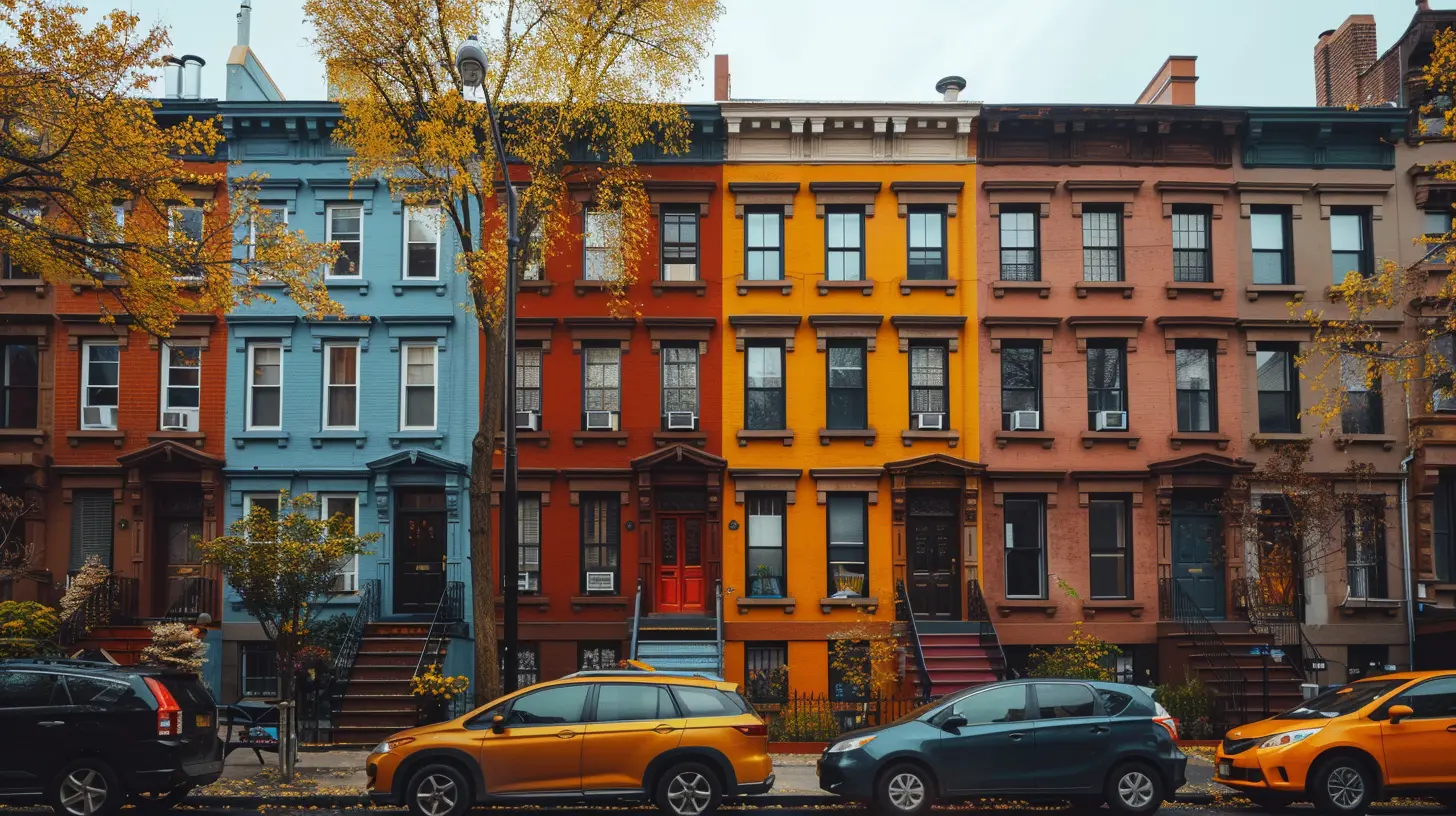
Why is Mixed-Income Housing Gaining Popularity?
Cities are growing, and with that growth comes an increasing demand for affordable yet quality housing. Mixed-income developments solve several challenges associated with urbanization, making them an attractive choice for city planners and developers. Here are a few reasons why this housing model is gaining momentum:1. Encourages Economic Diversity
Historically, many cities have suffered from economic segregation, where wealthy and disadvantaged communities are divided. Mixed-income housing disrupts this pattern by encouraging residents from various economic backgrounds to live together. This diversity can lead to more balanced access to economic opportunities, benefiting everyone in the community.2. Reduces Concentrated Poverty
High-poverty neighborhoods often struggle with issues like crime, poor education, and lack of investment. When lower-income households are integrated into mixed-income communities, they gain access to better schools, safer environments, and improved amenities—leading to a better overall quality of life.3. Improves Neighborhood Stability
A healthy mix of incomes contributes to a more stable neighborhood. When there’s a stronger economic mix, businesses are more likely to thrive, public services improve, and communities become more resilient in the face of economic downturns.4. Promotes Social Interactions and Inclusivity
Living in diverse communities exposes people to different cultures, perspectives, and backgrounds. These interactions help break down stereotypes and biases, fostering a more inclusive society where people are judged less by their financial status and more by their character.5. Encourages More Sustainable Urban Development
Mixed-income housing often includes a mix of rental and owned properties, which can increase homeownership rates while ensuring that affordable housing remains available. Additionally, these developments often incorporate green spaces, public transportation access, and community-centric amenities—leading to a more sustainable and environmentally friendly urban space.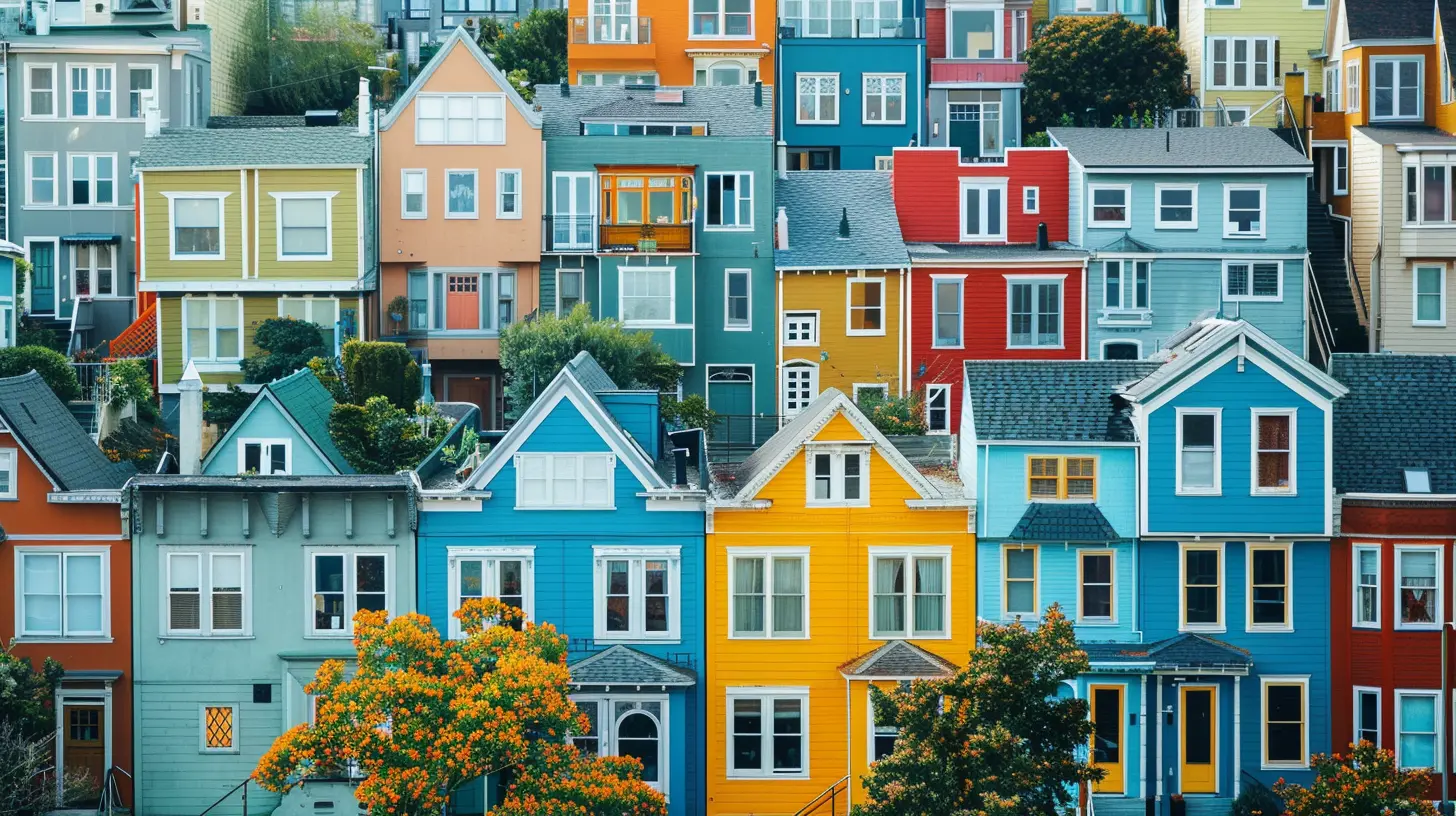
Challenges of Mixed-Income Housing
While mixed-income housing offers numerous benefits, it's not without its challenges. Successful integration of different income groups requires careful planning, community engagement, and ongoing support. Here are some hurdles communities may face:1. Social Tensions and Cultural Differences
Bringing together individuals from diverse socioeconomic backgrounds can sometimes lead to social tensions. Differences in lifestyle, habits, and expectations may create friction among residents. However, well-planned community programs and engagement initiatives can help bridge these gaps.2. Affordability and Funding Issues
Developing mixed-income housing often requires significant investment. Government subsidies, tax incentives, and private sector involvement are essential to making these projects financially viable. Without adequate funding, maintaining long-term affordability can be a challenge.3. Resistance from Existing Communities
Some residents may resist the idea of mixed-income housing due to concerns about property values, increased population density, or potential social issues. Clear communication and education about the benefits of mixed-income communities can help address these concerns.4. Ensuring Equal Access to Resources
In some mixed-income developments, wealthier residents may have access to better amenities or services within the same community, creating an unintended divide. Developers and policymakers must ensure that all residents benefit equally from shared resources and infrastructure.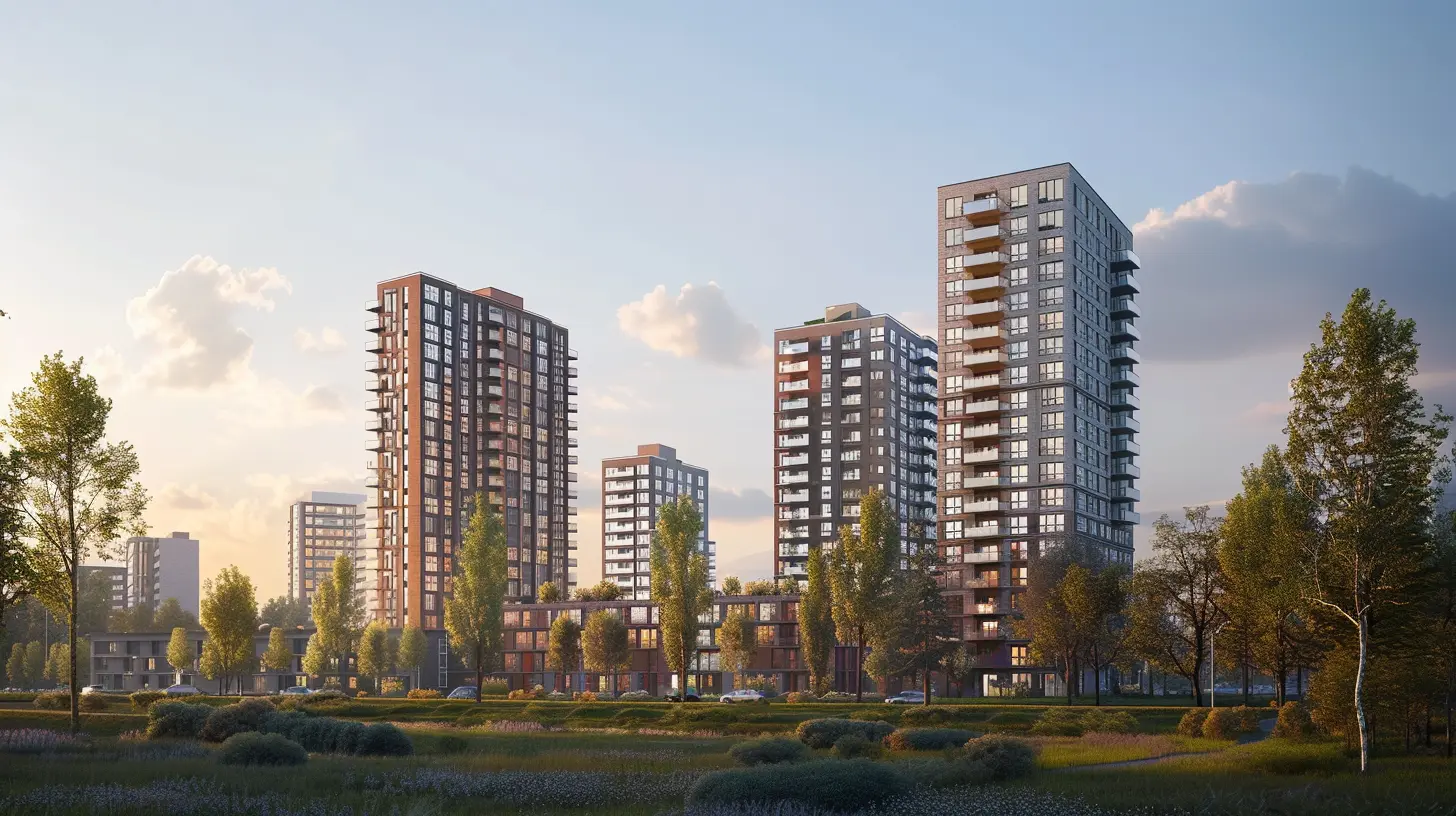
Success Stories: Cities Leading the Way
Several cities have embraced mixed-income housing and are witnessing positive outcomes. Here are a few notable examples:1. New York City, USA
New York City's Inclusionary Housing Program has incentivized developers to build mixed-income housing by offering zoning and tax benefits. As a result, various neighborhoods have become more diverse, helping bridge income inequality.2. Toronto, Canada
Toronto has implemented several mixed-income housing projects, such as the Regent Park revitalization. This redevelopment transformed a once-deprived area into a vibrant, integrated community with high-quality living spaces for all income levels.3. London, UK
London’s affordable housing policies require developers to allocate a portion of new residential projects for lower-income households. This has led to inclusive communities where economic diversity is a core principle.4. Singapore
Singapore is a global leader in mixed-income housing, with government policies ensuring that public housing developments incorporate a diverse range of income groups. This approach has helped maintain social harmony and economic balance.The Future of Mixed-Income Housing
The momentum behind mixed-income housing is only growing. As cities grapple with housing shortages and affordability crises, integrating income-diverse communities will likely become a key component of urban planning.Policy Innovations
Governments and policymakers must continue finding innovative ways to make mixed-income housing viable. This includes offering financial incentives, enforcing inclusive zoning laws, and ensuring that infrastructure investment keeps pace with community growth.Smart and Green Developments
Future mixed-income housing projects will likely emphasize sustainability, incorporating energy-efficient buildings, green spaces, and smart technology. These developments will not only benefit residents but also contribute to a healthier planet.Enhanced Community Engagement
For mixed-income housing to succeed, residents must feel integrated and valued. More initiatives focused on community building, such as shared spaces, social programs, and neighborhood events, will be essential in fostering harmony.
Final Thoughts
Mixed-income housing is more than just a trend—it's a powerful shift toward creating thriving, inclusive, and sustainable urban environments. By breaking down socio-economic barriers, these developments offer everyone a fair chance at a better quality of life. While challenges exist, the benefits far outweigh the drawbacks, making mixed-income housing a blueprint for the future of urban living.As cities continue to grow, embracing mixed-income housing can lead to stronger communities, economic stability, and a more connected society. It’s a win-win solution for urban development that benefits individuals, neighborhoods, and generations to come.
all images in this post were generated using AI tools
Category:
Urban LivingAuthor:

Lydia Hodge
Discussion
rate this article
1 comments
Ariana McKee
Mixed-income housing is a game changer for urban areas, fostering diversity and community. It provides affordable options while enhancing local economies and social cohesion.
October 13, 2025 at 10:41 AM
